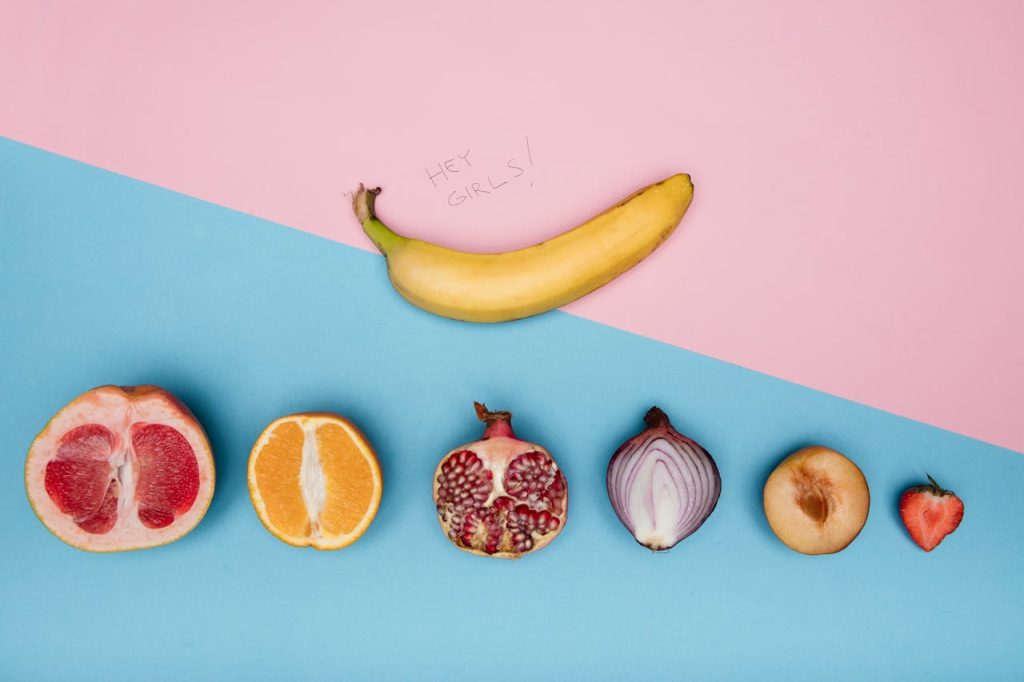
Body Shaming
Body shaming has become an alarming societal issue that disproportionately affects women, particularly those who are large-sized or perceived as skinny.
Understanding the historical and cultural context of body image can help us delve deeper into how these perceptions have evolved and what we can do to combat them.
Historical Context in Traditional African Society
In many traditional African societies, body size held significant cultural meaning. Larger body sizes were often associated with wealth, fertility, and health. Women with fuller figures were celebrated and viewed as symbols of beauty, prosperity, and motherhood.
This positive perception stands in stark contrast to modern-day body shaming, where larger women frequently face criticism and derogatory comments. Over time, the colonial influence and globalization have shifted these views, often idealizing thinner bodies and fostering negative attitudes toward larger sizes.
Cultural Beliefs and Societal Norms
Cultural beliefs play a pivotal role in shaping perceptions of beauty. In many societies, societal norms dictate what is considered attractive. For large-sized women, this often translates to stigma and exclusion, reinforcing the idea that their bodies are undesirable. Conversely, skinny women may face their own form of body shaming, often being labeled as “too thin” or unhealthy. Both extremes create an environment where women are judged based on their body size, leading to issues of self-esteem and mental health.
The Role of Social Media
Social media has amplified these body shaming issues, promoting unrealistic beauty standards. Platforms often showcase edited images of women who conform to these ideals, leading many to believe that thinness or a specific body shape is the ultimate goal.
The constant comparison can exacerbate feelings of inadequacy, making it crucial to address how social media normalizes harmful narratives about body image.
Simple Steps to Reduce Body Shaming
- Promote Body Positivity: Encourage conversations that celebrate diverse body types. Share stories that uplift rather than criticize.
- Educate and Raise Awareness: Host workshops or create online content that informs people about the damaging effects of body shaming. Knowledge is a powerful tool.
- Practice Mindful Communication: Choose words carefully when discussing bodies. Avoid labeling or making comments about others’ appearances, focusing instead on character and achievements.
- Support Inclusive Media: Advocate for diverse representation in media, ensuring that women of all sizes are portrayed positively and realistically.
- Create Safe Spaces: Foster environments, whether online or offline, where individuals can share their experiences without judgment. Support groups can be instrumental.
- Encourage Self-Love Practices: Promote activities that enhance self-esteem and body appreciation, such as journaling, positive affirmations, and mindfulness practices.
Conclusion
Body shaming, whether directed at large-sized or skinny women, remains a significant issue in contemporary society. By understanding its historical roots and cultural contexts, we can work together to challenge and dismantle harmful norms.
Implementing simple strategies can lead us toward a more inclusive world, fostering acceptance and love for all body types. Let’s strive to create a society that values individuals for who they are, not just for how they look.







